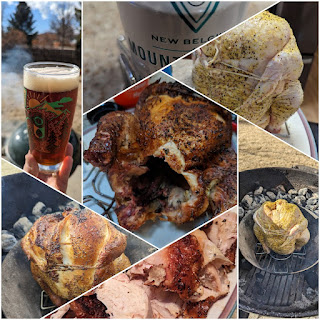So you know that as of 17B. Old Ale, I have successfully brewed at least one beer in all 2021 BJCP Categories.
Well ... actually, since "I Lied" ... this isn't technically true, but let's pretend that we're still in the days where we didn't really realize there additional categories past 27. Historic Beer. I promise that I'll get to 28. American Wild Ale and 33. Wood Beer at some point this year.
But ... I spent the time typing up this post before I realized that I Lied, and I hate to think I've wasted that effort.
Looking through the guidelines, there are still lots of individual styles I'd like to brew, so I think I'm going to start seeing how many I can get through before the next version of the Guidelines come out.
I don't think I want to brew one of every style because there are a couple I don't really think I'd like to drink.
If I'm counting correctly, there are 42 styles of beer (see below) that I need to brew to have one batch of each in the guidelines (WOW!).
For now, I'll remove Historical Beers, Sours, and 3 "Specialty" IPA's that I don't really like to drink.
I'll also remove Eisbock and Rauchbier for now.
If my math / counting is correct ... that leaves 25 styles of beers to brew. That will almost certainly take me over a year, especially because I won't JUST be brewing these.
But ... here are a list of styles that I have not brewed yet ...







